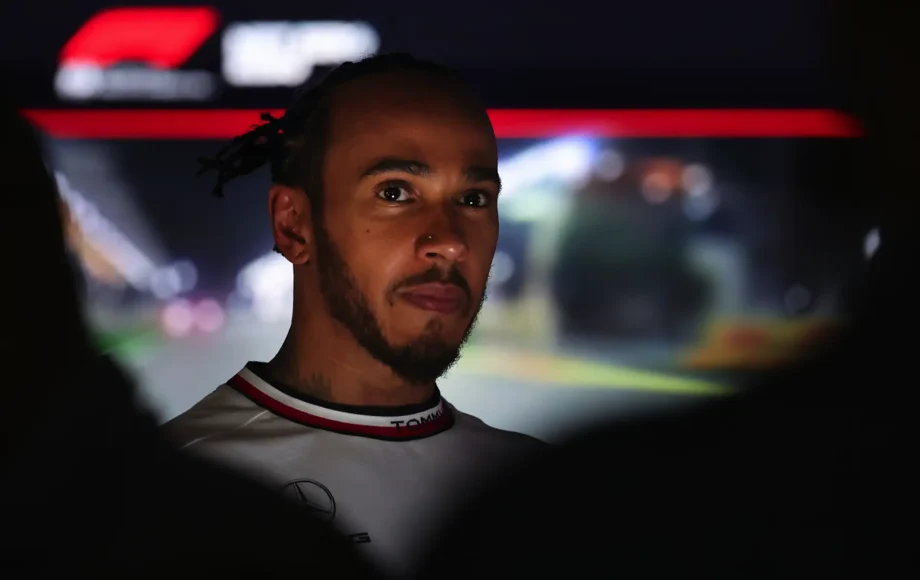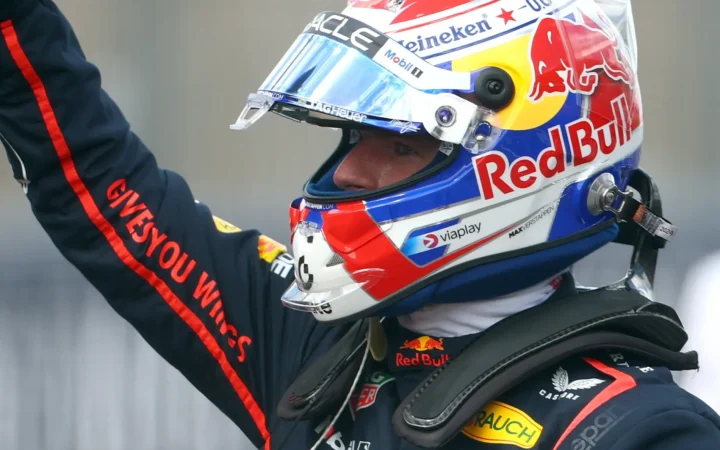Formula One is often romanticised as a sport reserved for elite mental athletes—hyper-focused, analytically gifted, and obsessively disciplined. Driving cars travelling at 200+ mph, reacting in milliseconds, and executing daring passes aren’t typically who you’d associate with learning differences. But that image is changing—and no one personifies that shift more than Britain’s seven-time World Champion Sir Lewis Hamilton.
What To Know?
- Lewis Hamilton has publicly revealed his formal diagnoses of ADHD and dyslexia, both of which impacted his early education and personal development.
- Despite these learning differences, Hamilton became a seven-time Formula One World Champion, crediting his focus, creativity, and resilience.
- He actively advocates for inclusive education and mental health awareness through initiatives like TOGETHERBAND, inspiring youth to embrace their uniqueness.
Hamilton’s journey through the sport and beyond reveals that even the pinnacle of performance doesn’t demand neurotypical wiring. In fact, it may thrive because of neurological diversity, not in spite of it. Hamilton has spoken openly about living with ADHD and dyslexia—two diagnoses often misunderstood, yet both deeply relevant to his story of resilience, talent, and reinvention.
This article examines the implications of these learning differences in the context of Formula One, how Hamilton has navigated them, and what they reveal about modern sports, education, and human potential.
Hamilton: ADHD and Dyslexia
Lewis Hamilton is far more than an F1 driver. He’s a vocal activist, fashion collaborator, environmental advocate, vegan, and aspiring future astronaut. Yet it’s within the cockpit that he’s made F1 History, becoming one of the most decorated drivers of all time.
But the road to the top was anything but smooth.
“I had a difficult time at school. It wasn’t the easiest,” Hamilton told a classroom of students in a video for the charity campaign TOGETHERBAND. “I didn’t realise that I was dyslexic until I was 17 and I just struggled so much.”
Dyslexia, a learning disorder affecting the way the brain processes language and reading, made academic life a constant battle. Despite the misconception that dyslexia equals low intelligence, Hamilton’s experience proves otherwise. His ability to adapt, focus on his strengths, and relentlessly train outside of traditional structures has helped him forge a career where mental stamina, creativity, and split-second intuition are key.
44
Lewis
Hamilton
2007 Australian Grand Prix F1 Debut
Ferrari Current/Last Team
What Is ADHD and Dyslexia—and Why They Matter in F1
ADHD (Attention Deficit Hyperactivity Disorder) is often seen as a challenge in conventional education systems or structured jobs—but in a high-octane world like F1, its traits can offer surprising advantages.
Those with ADHD often exhibit high energy levels, intense focus (especially during hyperfocus episodes), fast reaction times, and a need for stimulation—traits that align remarkably well with the demands of Formula One. However, the condition can also lead to struggles with impulse control, distractibility, and difficulty with repetitive or slower tasks (like, say, Hamilton’s disdain for cooking).
“I’m ADHD, so if I do cook something — say a pasta dish — I’ll make it, but then I’ll have to clean everything I used before I eat it,” Hamilton said in an interview with The Gentleman’s Journal.
“I also like to watch TV while I eat, so I’ll probably spend another half hour figuring out what to watch before I’ve even taken a bite. You know, we’re all weird in our own ways — and that’s just one of my weirdisms.”
These self-described “weirdisms” are more than quirks. They point to how ADHD manifests in daily life—and how, when supported and understood, it doesn’t have to hinder excellence. In fact, it can fuel it.
Formula One History Recommends
-

-

Who has won the most consecutive F1 World Drivers’ Championships?
-

2025 F1 Salaries: What Every Driver on the Grid Is Really Earning
From the Back of the Class to the Front of the Grid
Hamilton’s late diagnosis of dyslexia at 17 is telling. Like many students with undiagnosed learning differences, he spent much of his early education feeling misunderstood and out of sync. His father, Anthony Hamilton, played a critical role in instilling resilience.
“My dad really drilled into me that ‘never giving up’ kind of mentality,” he recalled. “I still have failures today and you’re constantly going to be learning so don’t be phased by that. It’s a part of the necessary journey to success.”
This grit translated directly into the racetrack, where Hamilton became known for his fierce determination and laser focus—particularly under pressure. While school environments may not have supported his neurological makeup, the fluid, high-intensity nature of motorsport proved to be a better fit.
Are There Other F1 Drivers with ADHD?
Hamilton’s openness raises an important question: Are there other drivers with ADHD or learning differences?
Officially, very few drivers have publicly discussed their diagnoses. Formula One has long cultivated a culture of stoic professionalism—one that hasn’t historically embraced vulnerability, especially when it comes to mental health or neurodivergence.
That said, it would be naive to assume Hamilton is an isolated case. Statistically, ADHD affects roughly 5% of adults globally. Dyslexia affects up to 10%. Given those numbers, it’s highly plausible that other current or former F1 drivers have experienced similar learning challenges—perhaps undiagnosed, unspoken, or still privately managed.
As mental health and neurological diversity become more openly discussed in elite sports (as seen in the NBA, NFL, and Olympic circuits), Formula One may be on the cusp of a similar shift.
Redefining Intelligence in Formula One
Hamilton’s story invites fans and the sport itself to rethink what intelligence and “fitness” for F1 truly mean. It’s not just about raw IQ scores, mechanical memory, or spatial processing—although those help. It’s also about persistence, emotional intelligence, creative thinking, and the ability to navigate complex, high-pressure situations with confidence.
Interestingly, people with ADHD often excel in fast-changing environments that offer novelty and excitement—exactly what Formula One demands on every lap.
And dyslexia? Research shows that dyslexic individuals often have excellent problem-solving skills, spatial reasoning, and out-of-the-box thinking. It’s not hard to imagine how those skills translate to strategy, driving style, and technical feedback in F1.
Beyond the Track
Hamilton’s openness about his learning differences isn’t just personal—it’s political. Through his involvement with campaigns like TOGETHERBAND, he advocates for equitable access to education and encourages young people to embrace their uniqueness.
“I really wanted to be great at something,” he told students. “I think we can all be great at something. It’s down to you and to your families to help you find what that is.”
He has become a role model not just for aspiring drivers, but for anyone who’s been told they’re too different to succeed. Whether it’s his bold fashion choices, his commitment to veganism, his music and fashion projects, or his attention to mental health and social justice, Hamilton has been rewriting the rulebook on what a Formula One driver can be.
Formula One is changing—and Hamilton has been at the heart of that transformation. The sport is becoming increasingly inclusive, global, and open to discussions about what success really entails.
As teams increasingly use sports psychologists, data-driven feedback systems, and coaching that acknowledges mental well-being, there’s hope that drivers with ADHD, dyslexia, or other neurodivergent profiles will not only feel supported but celebrated.
In fact, the next Lewis Hamilton might already be in a classroom somewhere, struggling to stay focused or misunderstood for their differences. Hamilton’s example shows that with support, vision, and tenacity, those differences can become defining strengths.
So, are there F1 drivers with ADHD? Yes—Lewis Hamilton, one of the greatest in the sport’s history, lives and races with it. He also navigates the world with dyslexia. But rather than being obstacles, these elements have shaped his approach to life and racing in powerful ways.
Sources:
- The Gentleman’s Journal (2024): “Lewis Hamilton is not a racing driver”
- Daily Mail: “I didn’t realise I was dyslexic until I was 17”
Seen in:














